Have you ever stared into your cat’s mysterious eyes and wondered what’s really going on behind that adorable little face? If you’re like most cat owners, you’ve probably asked yourself questions like, “Why does my cat knead me?” or “What does that slow blink mean?” Cats are endlessly fascinating, sometimes hilarious, and often surprising. Whether you’re a lifelong feline fanatic or a new cat parent, prepare to be amazed—and maybe even a little shocked—by these 20 captivating facts about our favorite whiskered companions.
Cats Communicate in Surprising Ways

Cats have a secret language that goes far beyond simple meows. They use a combination of body postures, tail movements, ear positions, and vocalizations to express their feelings. For example, a slow blink from your cat is actually a sign of trust and affection. When your cat gives you a gentle head-butt, it’s marking you with its scent, claiming you as its own. Each cat develops a unique way of communicating with its humans, so paying close attention can deepen your bond.
Whiskers Are Super Sensors

A cat’s whiskers are much more than decorative facial hair. These sensitive hairs, known as vibrissae, are tuned to detect even the slightest changes in air currents. This helps cats sense objects, navigate in the dark, and even detect approaching predators or prey. Whiskers are so sensitive that they can even pick up subtle vibrations in the environment, making them essential for a cat’s survival.
Purring Isn’t Just for Happiness

While purring is often a sign that your cat is content, it can also indicate other emotions or needs. Cats may purr when they’re frightened, in pain, or even when trying to heal themselves. The frequency of a cat’s purr has been shown to promote tissue regeneration and reduce pain, acting as a kind of built-in therapy. So the next time your cat purrs, remember it’s not always a simple “I’m happy” message.
Kneading Is a Throwback to Kittenhood
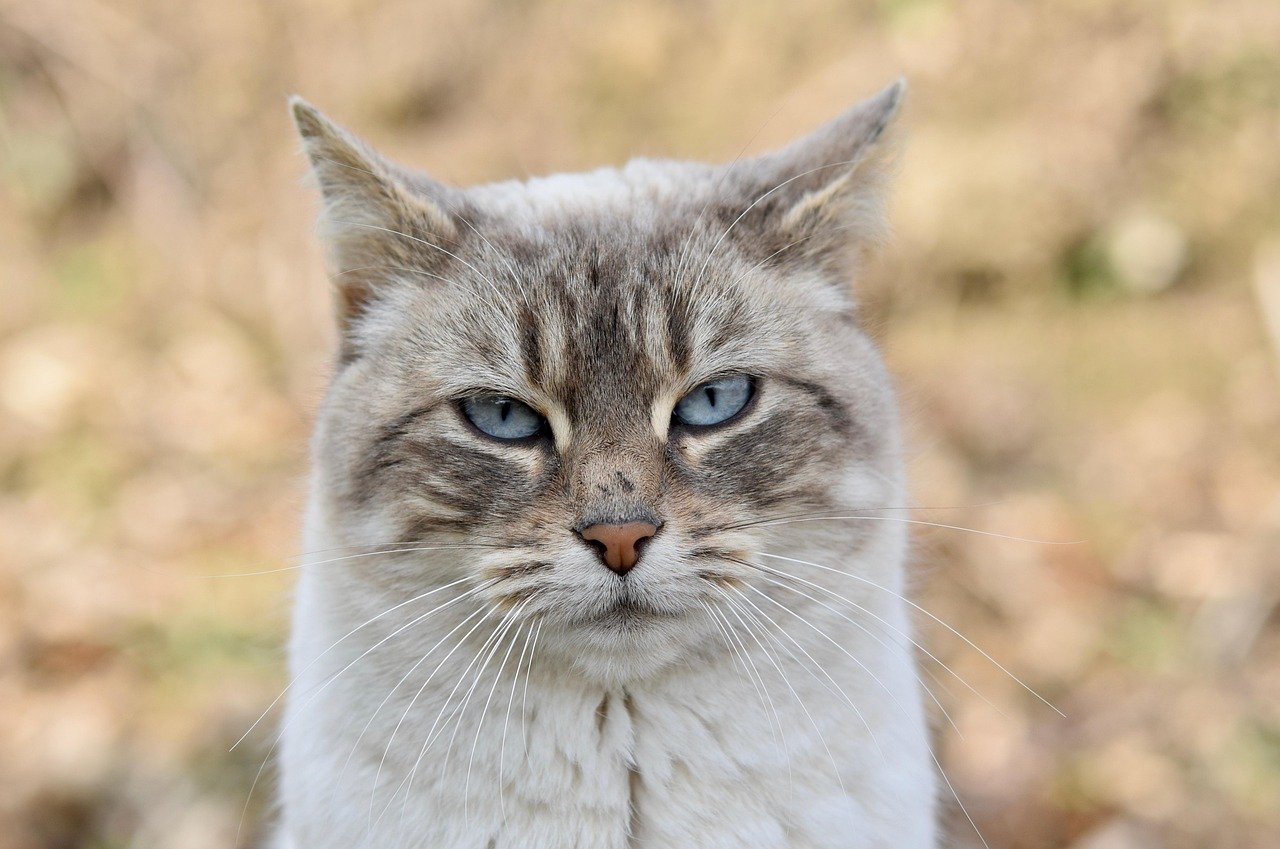
That adorable kneading motion your cat makes with its paws isn’t random—it’s rooted in their earliest days. Kittens knead their mother’s belly to stimulate milk production, and many cats carry this instinct into adulthood. When your cat kneads your lap or a soft blanket, it’s expressing comfort, security, and affection. It’s a sweet reminder of their bond with their mother and, by extension, with you.
Cats Have Incredible Night Vision
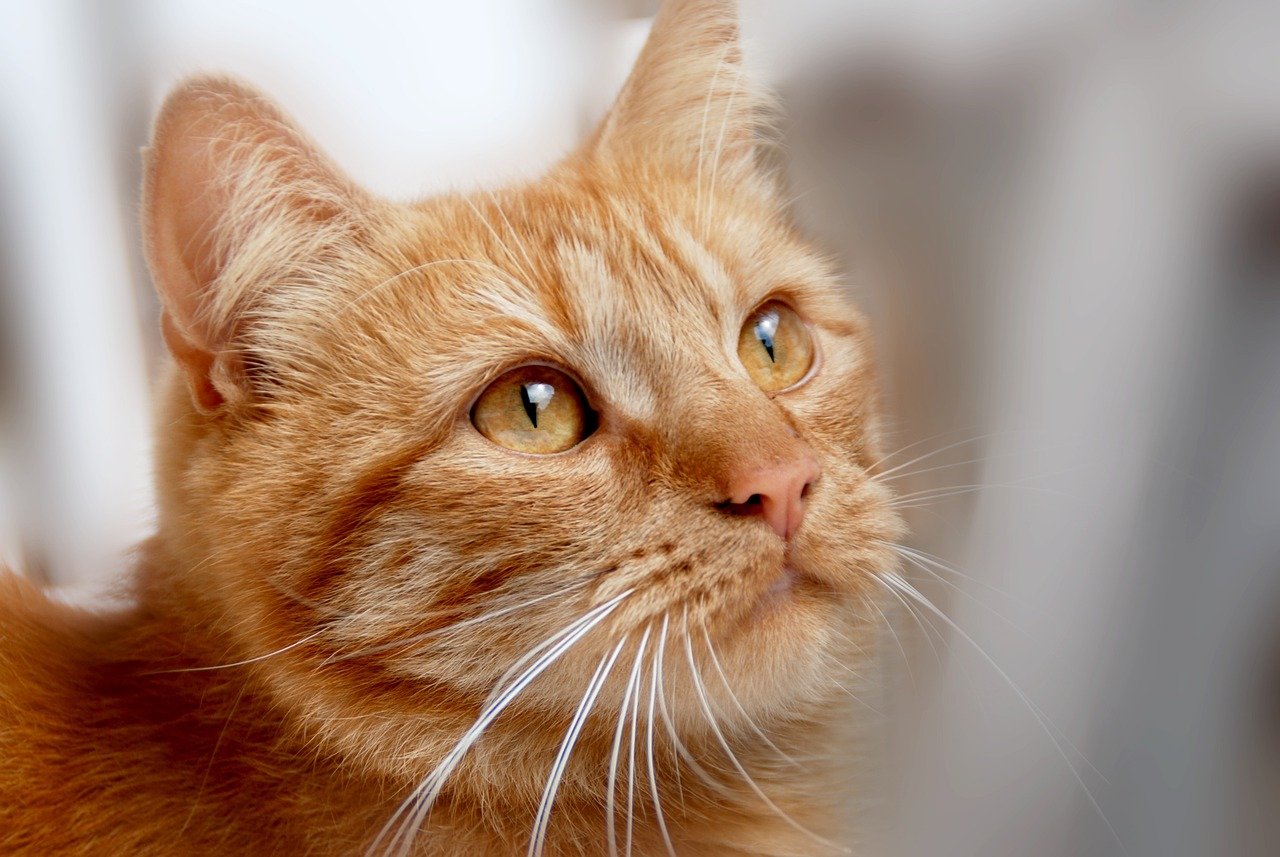
Ever noticed your cat zooming around the house at night as though it’s broad daylight? That’s thanks to their extraordinary night vision. Cats’ eyes contain a layer called the tapetum lucidum, which reflects light and allows them to see up to six times better than humans in low light. This adaptation helps them hunt in the wild, but it also explains why your cat seems to come alive after sunset.
The Mystery of the Cat’s Tail

A cat’s tail is a powerful tool for communication and balance. When a cat holds its tail high, it’s usually feeling confident and happy. A twitching tail can signal excitement or irritation, while a puffy tail indicates fear or surprise. Cats also use their tails to help them balance during daring acrobatics, like leaping from shelf to shelf or walking along narrow ledges.
Cats Are Fastidious Groomers

Grooming isn’t just about looking good—cats spend up to half their waking hours keeping themselves clean. Their rough tongues help remove dirt, distribute oils, and even regulate body temperature. Grooming is also a way for cats to relax, reduce stress, and bond with other cats or their humans. If your cat licks you, consider it a sign of deep affection and trust.
They Can Squeeze Through Tiny Spaces
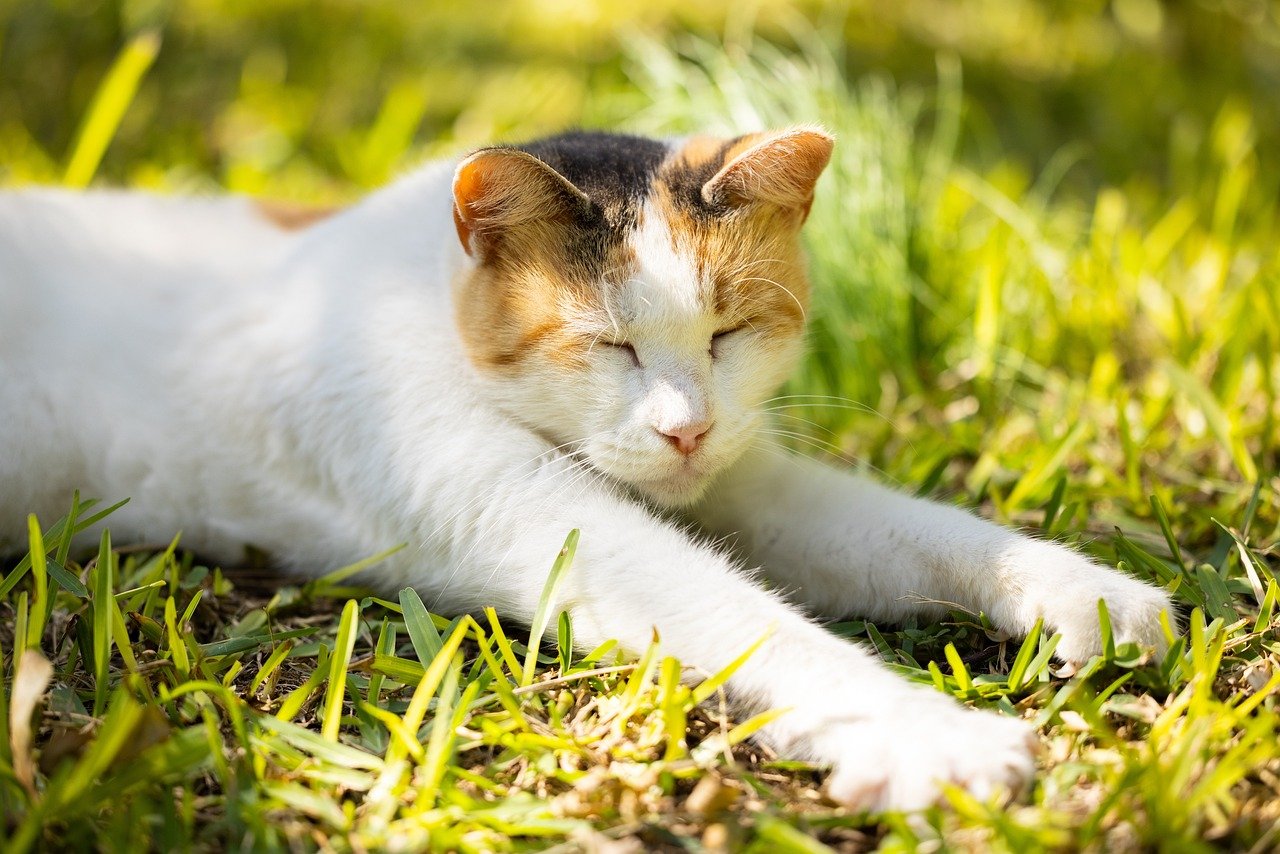
Ever seen your cat slip through a gap that seems impossibly small? Cats have flexible spines and collarbones that aren’t rigidly attached, allowing them to squeeze through openings just wide enough for their heads. This ability is a survival trait from their wild ancestors, helping them escape predators or sneak up on prey. Just make sure your home is safe and free from hazards they might try to explore!
Cats Are Masters of Stealth

Cats move with an elegance and silence that’s almost supernatural. Their padded paws and retractable claws allow them to stalk quietly, whether they’re hunting a toy mouse or a real one. This stealthy approach is part of their predatory nature, and it’s why you might find your cat suddenly “appearing” beside you without a sound. Their ability to move so quietly is both impressive and a little bit mysterious.
Feline Body Language Reveals All
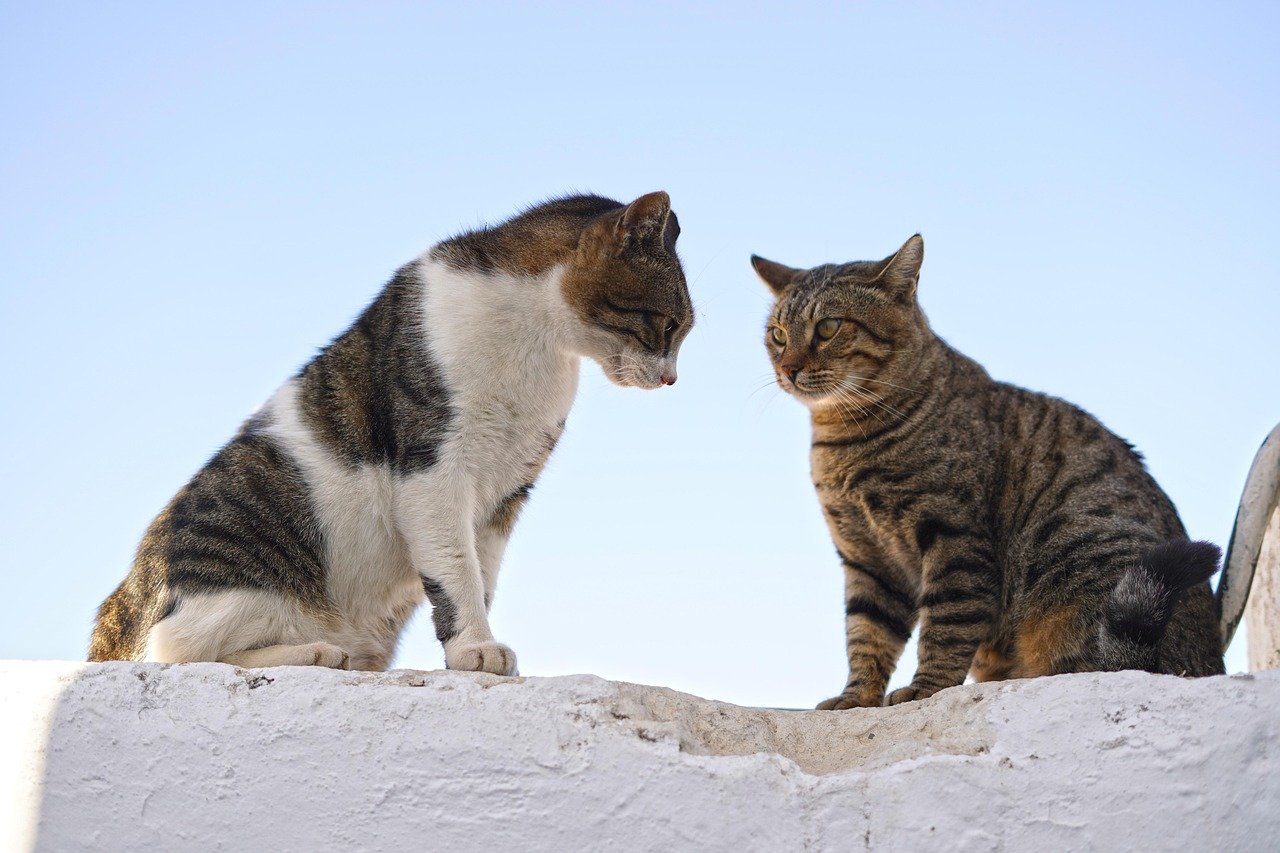
Reading a cat’s body language can unlock the secrets to its mood. Flattened ears may mean fear or aggression, while an arched back is a classic sign of feeling threatened. A cat that shows you its belly isn’t always asking for a rub—it could be a sign of trust, but also readiness to defend itself if necessary. Learning to read these subtle signals can help prevent misunderstandings and strengthen your relationship.
Not All Cats Love Catnip

While many cats go wild for catnip, rolling and playing in a euphoric state, about one-third of cats are completely unaffected. The reaction to catnip is inherited, so if your feline friend is indifferent, it’s perfectly normal. For those that do respond, the effect is temporary and harmless, providing a fun and enriching experience. Try silver vine or valerian root as alternatives if your cat isn’t a fan of catnip.
Cats Have Unique Vocalizations
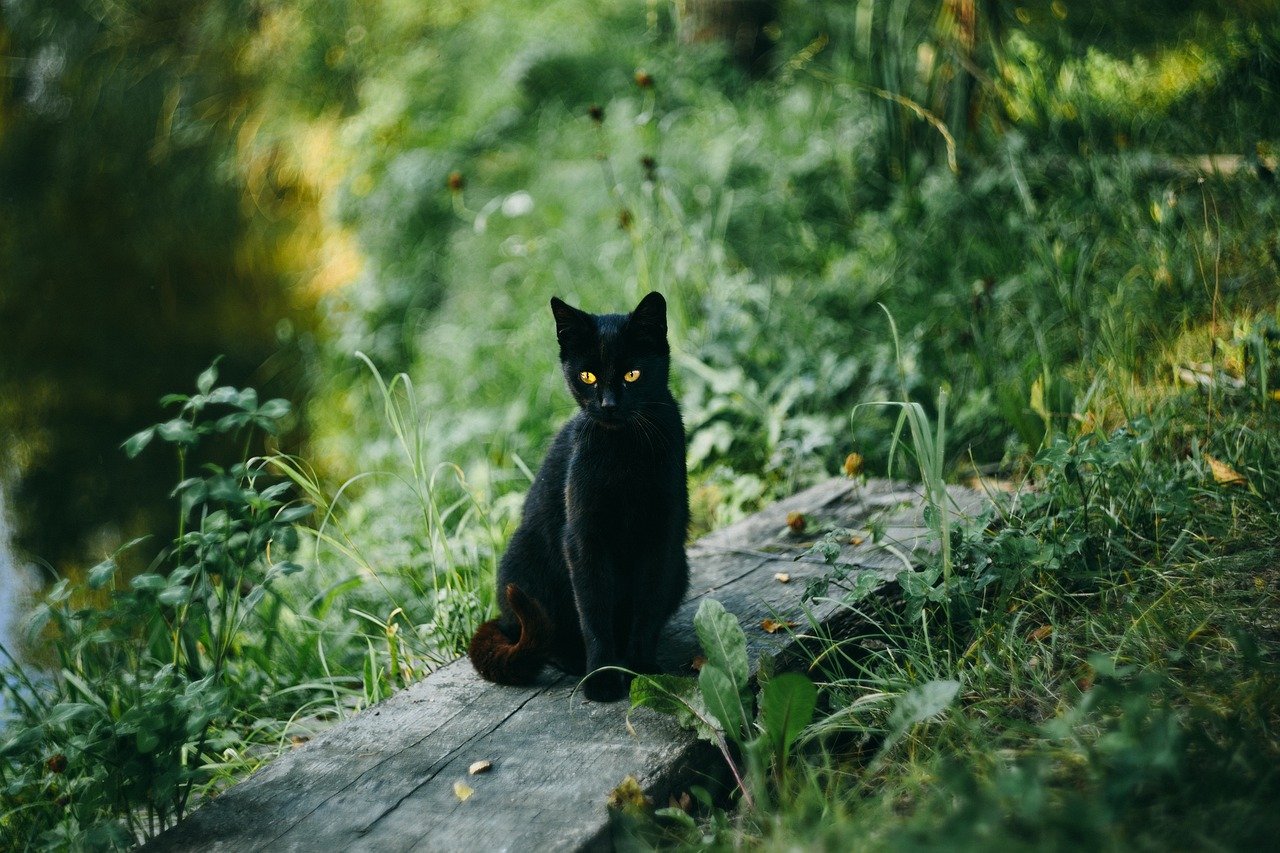
Did you know that cats can make over 100 different sounds? From gentle meows and chirps to insistent yowls and trills, each noise serves a purpose. Some cats develop special “words” just for their humans, adding a personal touch to their communication. Paying attention to the tone and context of your cat’s sounds can help you better understand what it’s trying to tell you.
They Sleep…A Lot!

Cats are notorious for their love of sleep, often snoozing up to 16 hours a day. This isn’t laziness—it’s a survival instinct from their wild ancestors, who needed to save energy for hunting. Cats tend to be most active at dawn and dusk, a pattern known as crepuscular behavior. Their frequent naps help them recharge for those bursts of playful energy you see in the early morning or late evening.
Cats Mark Their Territory in Many Ways

Territorial behavior is deeply ingrained in cats. They use scent glands in their cheeks, paws, and even their tails to mark objects—and sometimes people—as their own. Scratching, rubbing, and even spraying are all ways cats claim their space. Understanding this behavior can help you create a comfortable environment for your cat and minimize unwanted marking in your home.
Cats Can “Chirp” and “Chatter” at Prey
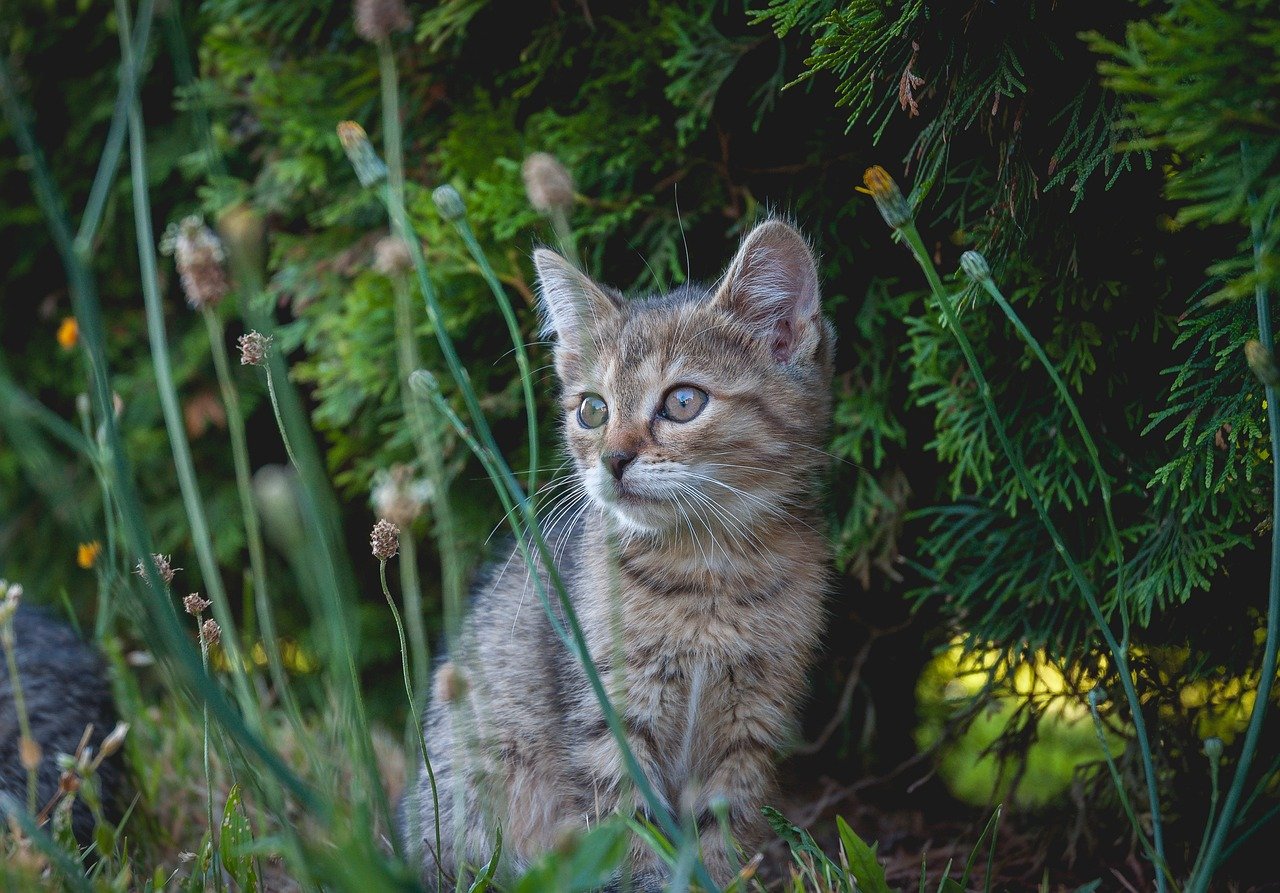
If you’ve ever caught your cat making a strange chattering sound at birds outside the window, you’re witnessing a classic feline hunting behavior. This rapid, staccato noise is thought to be an expression of excitement or frustration at not being able to catch the prey. Some experts believe it’s a way to mimic the calls of birds or rodents, adding an extra layer of intrigue to your cat’s mysterious ways.
Each Cat Has a Unique Personality

No two cats are exactly alike. Some are outgoing and playful, while others are shy and reserved. Personality can be influenced by breed, early experiences, and individual temperament. Taking the time to understand your cat’s unique quirks and preferences can make life together more harmonious and rewarding. Remember, patience and gentle encouragement go a long way.
Cats Are Excellent Jumpers

With powerful hind legs and flexible bodies, cats can jump up to six times their own length in a single bound. This natural athleticism is rooted in their history as hunters, where leaping onto prey or escaping danger was essential. Providing vertical spaces like cat trees or shelves can satisfy your cat’s need to jump and climb, keeping them both happy and healthy.
They Have a Strong Sense of Routine

Cats thrive on routine and can become stressed when their daily patterns are disrupted. Whether it’s mealtime, playtime, or cuddles, most cats prefer things to happen at the same time each day. Sudden changes in routine can lead to behavioral issues or anxiety. Keeping a consistent schedule helps your cat feel safe and secure in its environment.
Feline Eyes Are Hypnotizing for a Reason

A cat’s eyes are not only beautiful but also incredibly functional. The vertical slit pupils can expand and contract rapidly, allowing cats to adjust to changing light conditions in an instant. Their eyes also have a wider field of vision than humans, giving them an advantage when spotting movement. This mesmerizing gaze is both a tool for survival and a source of endless fascination for cat lovers.
They Can Form Deep Bonds With Humans

Despite their reputation for independence, cats are capable of forming strong emotional connections with their people. Many cats seek out affection, follow their owners from room to room, and even show signs of separation anxiety when left alone. The bond you share with your cat can be incredibly rewarding, filled with moments of love, trust, and companionship that make every day special.
Cats Are Natural Problem Solvers

Cats are curious by nature and love to investigate new things. This intelligence makes them quick learners and excellent problem solvers. Whether it’s figuring out how to open a door or retrieve a hidden toy, cats use observation, patience, and creativity to overcome challenges. Providing puzzles and interactive toys can keep your cat’s mind sharp and prevent boredom.
Cats are endlessly fascinating creatures, full of surprises and secrets waiting to be discovered. Whether you’re marveling at their athletic leaps, decoding their mysterious signals, or simply enjoying a quiet moment together, there’s always something new to learn about these incredible companions.
Hi, I’m Bola, a passionate writer and creative strategist with a knack for crafting compelling content that educates, inspires, and connects. Over the years, I’ve honed my skills across various writing fields, including content creation, copywriting, online course development, and video scriptwriting.
When I’m not at my desk, you’ll find me exploring new ideas, reading books, or brainstorming creative ways to solve challenges. I believe that words have the power to transform, and I’m here to help you leverage that power for success.
Thanks for stopping by, Keep coming to this website to checkout new articles form me. You’d always love it!






